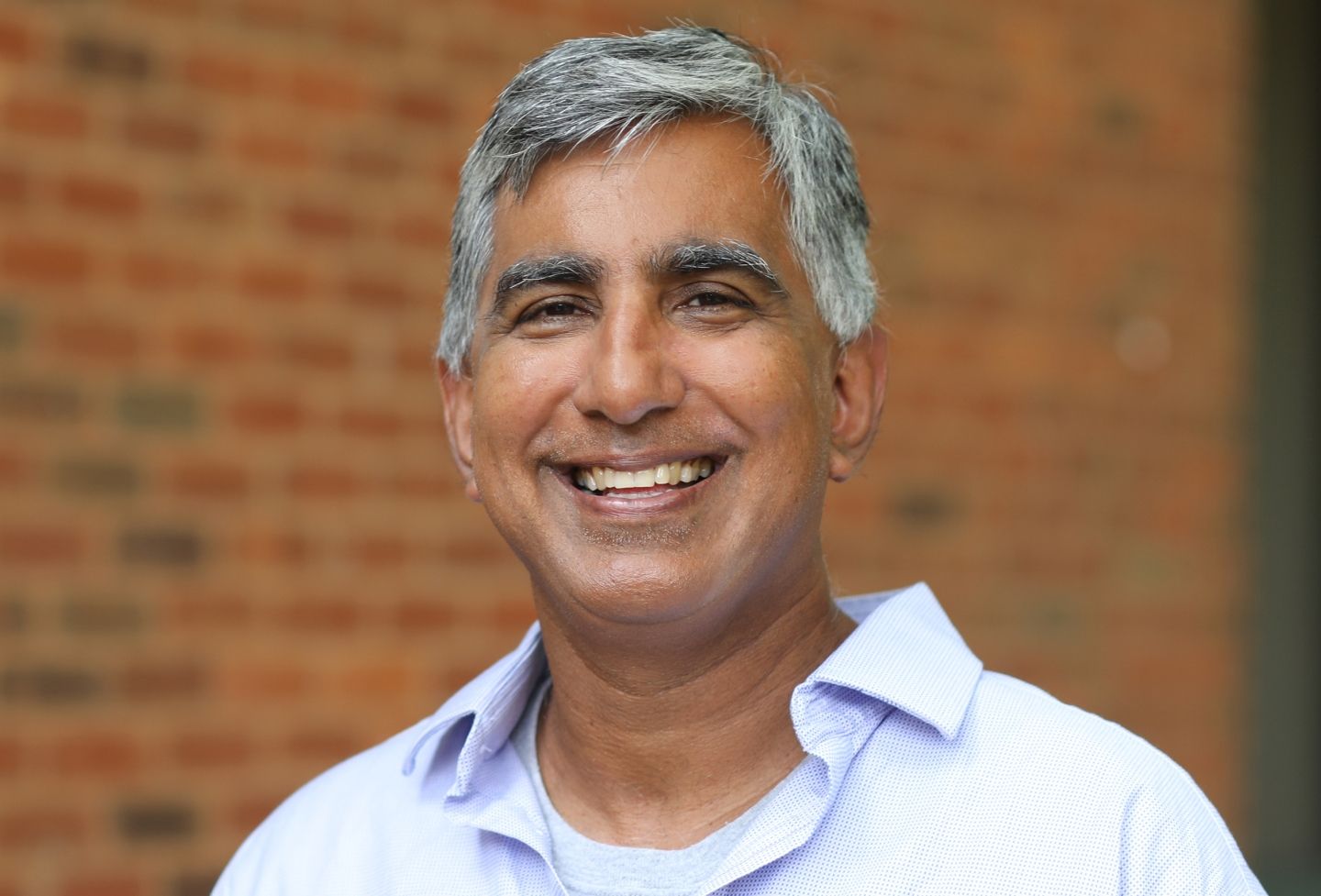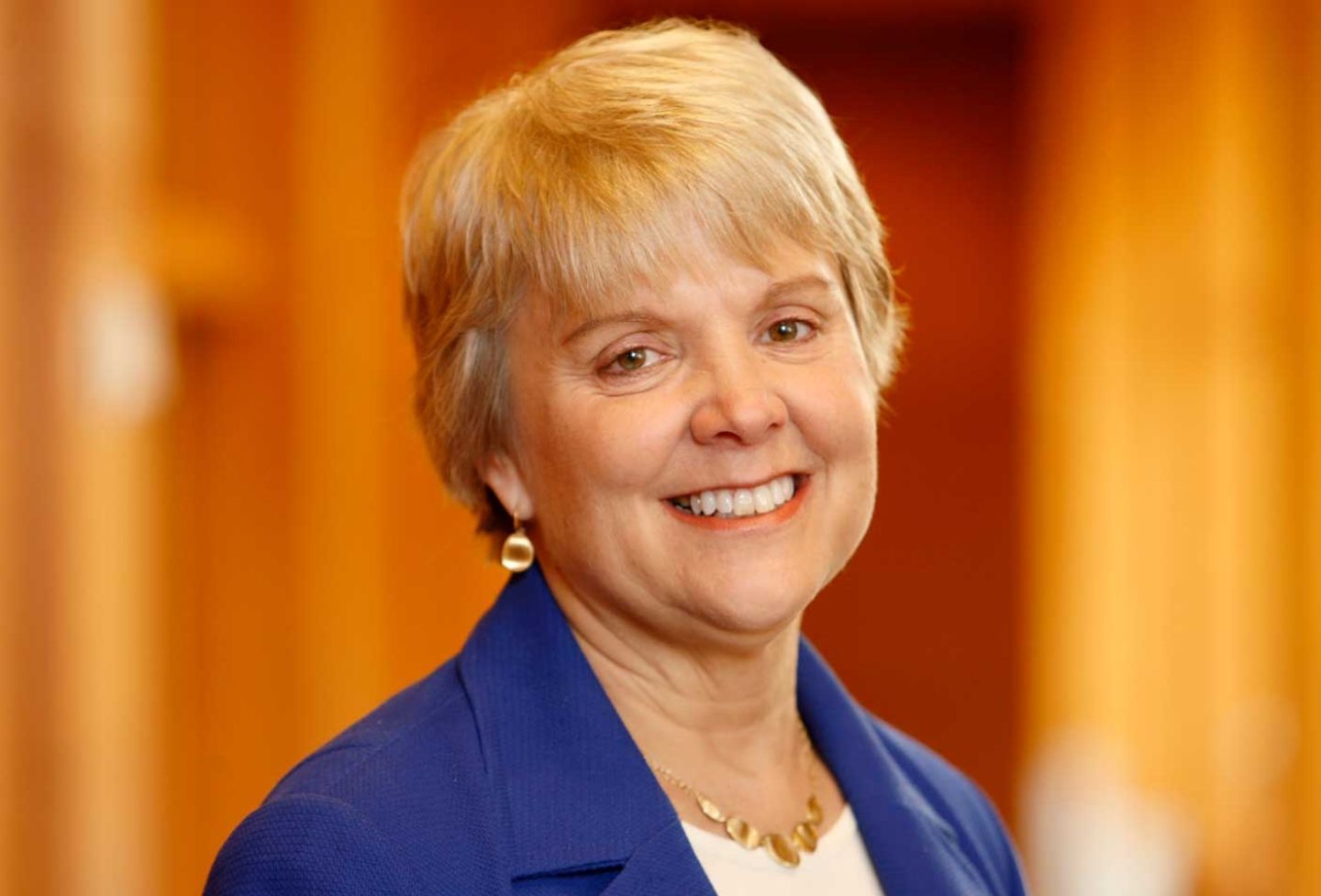At first glance, ending mosquito-borne malaria sounds wonderful. But what would be the downside if science drove the species into extinction?
Professor Margaret Foster Riley of the University of Virginia School of Law, an expert in bioethics, has been appointed to a new National Institutes of Health advisory committee that’s exploring these kinds of biotechnological questions.
The Novel and Exceptional Technology and Research Advisory Committee provides recommendations to the NIH director and a public forum for the discussion of the scientific, safety and ethical issues in biotech. Riley will co-chair a working group charged with establishing a framework for the committee’s study and reporting.
The NIH, a part of the U.S. Department of Health and Human Services, is the nation’s medical research agency.
At the committee’s first meeting in December, members were asked to focus on five technologies: gene editing techniques, gene drives, neurotechnology, artificial intelligence and synthetic biology.
Riley recently answered a few questions regarding those technologies and some of the related what-ifs.
What is the first subject your committee will tackle?
The first we’ll tackle is gene drives, whereby through genetic engineering we can selectively alter enough of a species to, within several generations, drive the species to extinction. The idea is to target specific species that act as a vector for disease in a specific location. It’s a technology with potential huge benefits — eradication of malaria, in the case of mosquitoes. Yet it has unknown harms and could be majorly disruptive.
What are some other potential problems you’re reviewing?
Many of these technologies are now within the grasp of individuals who have no academic, government, or major corporate affiliations. That raises the proverbial issue of “two guys in a garage” who are largely not subject to any form of governance or supervision. So one of our tasks will be to consider governance issues.
Another example: You’ve probably heard of the Canadian researchers who announced that they had synthesized the horsepox virus, a relative of smallpox, from genetic pieces ordered in the mail. That obviously has concerns for biosafety and national security.
How is biotechnology regulated in the U.S.?
The Coordinated Framework for Biotechnology, a federal policy first developed during the Ronald Reagan administration and revisited during the Barack Obama administration, governs U.S. regulation of these technologies — with the possible exception of applications related to artificial intelligence, which is not technically a biotechnology. The framework determined that the current regulatory regime of the Food and Drug Administration, Environmental Protection Agency and U.S. Department of Agriculture was sufficient to regulate these technologies — but the review during the Obama administration attempted to develop new strategies to efficiently assess risks that might come from the technologies.
Where is the line between what’s legal and what’s illegal?
In terms of more traditional forms of gene editing, that technology has largely emerged and is now active in gene therapy — using somatic gene transformation, or the therapeutic transfer of genes into the somatic cells of patients, such as in bone marrow.
The issue of germline editing is different — illegal in the United States — although that hasn’t yet been tested in the courts.
But I’m sure that you heard of He Jian-kui in China, who claimed to have done germline editing and produced twin girls. He’s now in prison there — so it was a stunt that ended up having serious consequences for him. But the technology is not that far out of the grasp of any fairly sophisticated biologist; it is scientific norms that keep it — so far — from being done by others.
Founded in 1819, the University of Virginia School of Law is the second-oldest continuously operating law school in the nation. Consistently ranked among the top law schools, Virginia is a world-renowned training ground for distinguished lawyers and public servants, instilling in them a commitment to leadership, integrity and community service.


